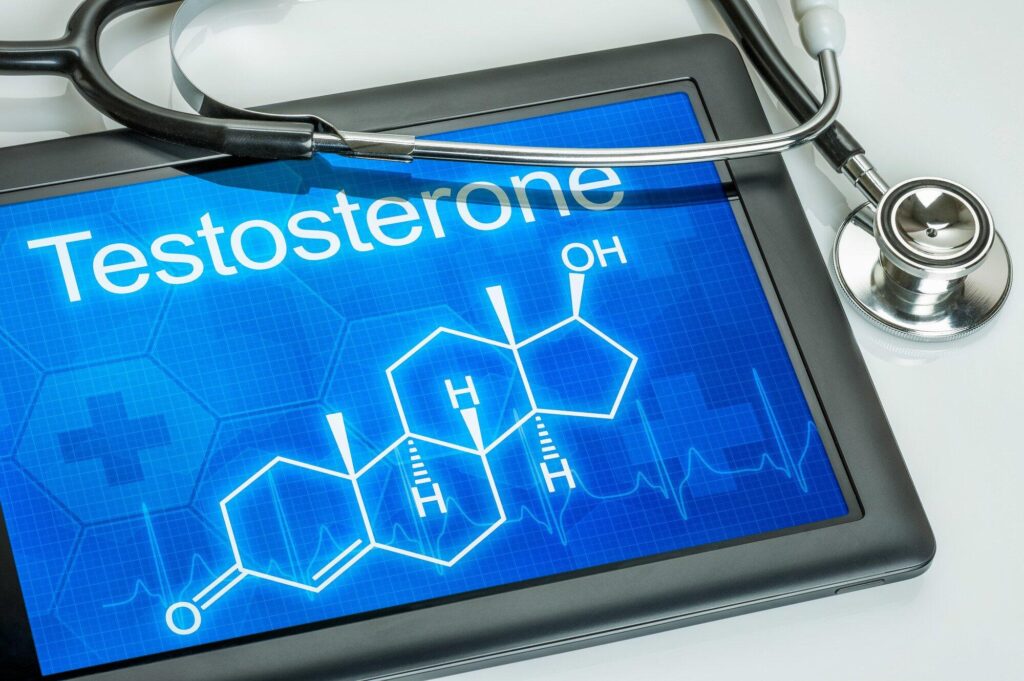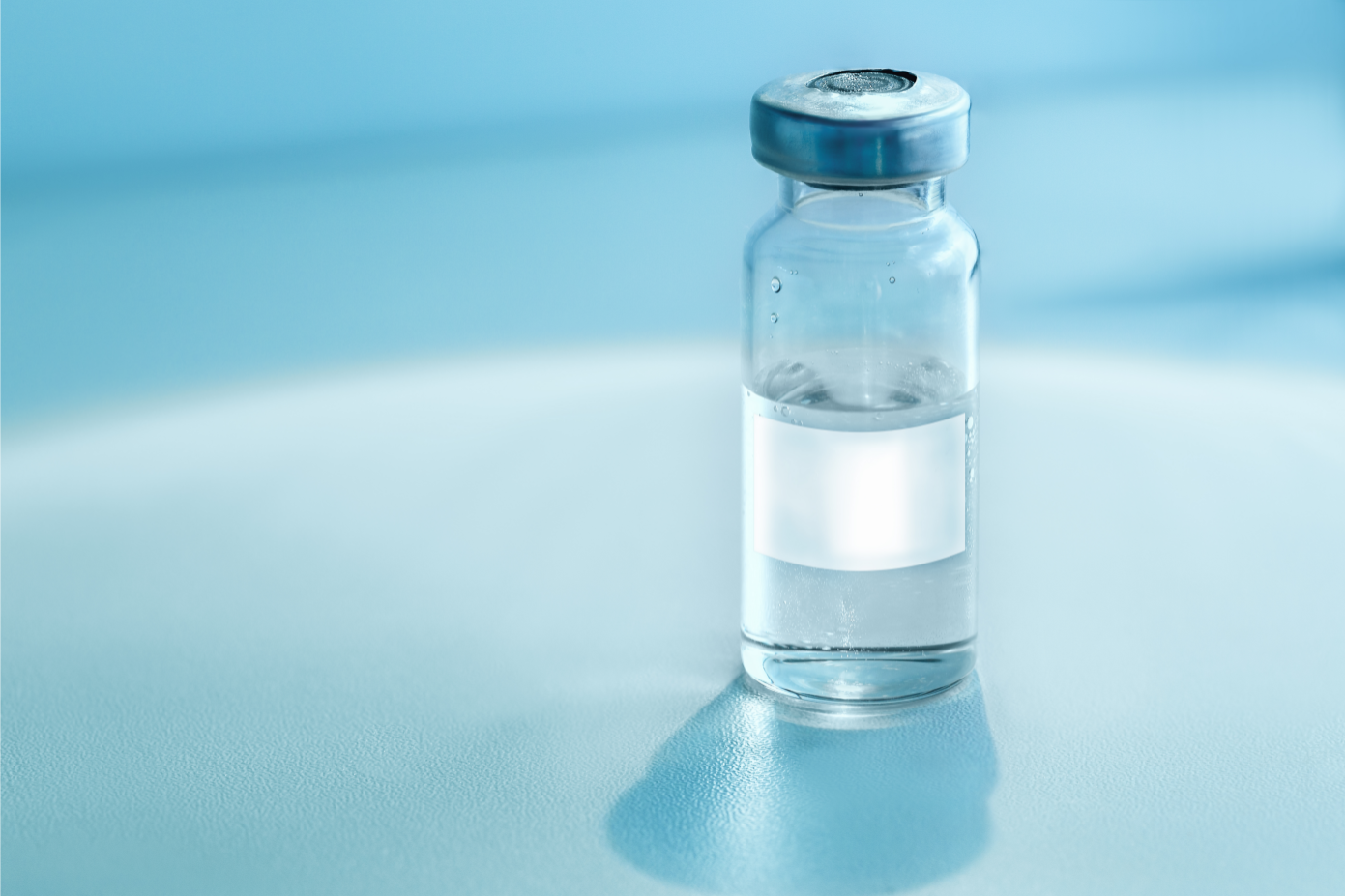
If you’re dealing with fatigue, thinning hair, or unexpected weight gain, you could have low testosterone. If you do, the good news is that this problem can be treated with Testosterone Replacement Therapy (TRT). The costs of these treatments may be more affordable than you think. People often ask, Is testosterone replacement therapy covered by insurance?
Typically, testosterone replacement therapy is a 100% out of pocket expense.
Here’s what you should know about testosterone therapy and the role insurance plays.
The Effects of Low Testosterone
Aging is one cause of lower testosterone levels in men, but there are other causes. Men can experience low testosterone at any age.
Low testosterone can sometimes accompany other negative emotional, physical, and cognitive effects.
Negative effects of low testosterone include:
- Decreased sexual desire
- Decreased blood flow to the penis
- Abdominal weight gain
- Decreased muscle mass
- Thinning bones or osteoporosis
- Decreased cognitive function
- Decreased energy levels or fatigue
Low levels of testosterone can also lead to anemia and increase your risk of coronary artery disease. It can affect your libido and have a negative impact on your sexual health.
A healthcare provider can evaluate your symptoms to determine if you have low testosterone levels. There are effective treatments available for raising testosterone levels.
How Low Testosterone Affects Sexual Health
As men age, testosterone levels naturally decline. Although this can lead to some general health concerns, many men are concerned about the impact low testosterone has on their sexual health.
Some negative impacts on sexual health include:
- A decreased interest in having sex
- A decrease in feeling or sensation of the penis
- Reduced awareness of impending ejaculation
- Decreased amount of ejaculate
- The penis becomes placid quickly after sex
- Orgasms that don’t produce ejaculate
- Longer recovery times between sexual experiences
Low testosterone can change your physical appearance and affect your self-image. This, in turn, can affect your sex life.
When the signs of low testosterone are present, you should see a healthcare professional to discuss the issue. A doctor can offer a definitive diagnosis and may suggest testosterone therapy to relieve your symptoms and boost your sexual health.
Symptoms of Low Testosterone
There are a variety of symptoms that may be associated with low testosterone. Some of these include:
- Diminished sex drive
- Loss of facial or body hair
- Trouble achieving an erection
- Growth of breast tissue
- Decreased bone density
- Unexplained fertility issues
- Decreased muscle development
- Depression
- Stress
- Anxiety
Testosterone deficiency can affect your life significantly. It can affect your cognitive functioning, your sex life, and your relationships. Men with low testosterone levels may have trouble sleeping and experience ongoing fatigue.
TRT can help increase testosterone levels and make you feel more motivated and energized. Many men find it boots their mood and their sex drive, offering them a better quality of life.
If you think you’re having symptoms of low testosterone, speak to a healthcare provider about treatment options. Testosterone therapy helps many people improve their sexual health and physical and emotional well-being.
How Testosterone Levels Are Tested
Testosterone is measured with a blood test. Testosterone is normally attached to a protein, but it can be unattached. When it’s unattached, it’s called free testosterone.
There are typically two types of tests to measure testosterone levels in the blood. These include:
- Total testosterone tests that measure attached and free testosterone
- Free testosterone tests that detect unattached testosterone only
If you suspect your testosterone levels may be low, a healthcare professional can order a blood test. A diagnosis often involves an examination, a patient interview, and a blood test.
If low levels of testosterone are detected, TRT treatment options are available.
Who Can Receive TRT and How Does It Help?
Doctors frequently prescribe TRT to males for hypogonadism. For a definitive diagnosis, a blood test must show low testosterone levels. The doctor will look for other symptoms of this condition, including breast growth, sexual dysfunction, and fatigue.
Doctors don’t always prescribe TRT for low testosterone levels. If there is a medication or a condition causing reduced testosterone levels, they will typically treat the underlying cause before recommending testosterone replacement.
Some benefits of TRT include:
- Increased libido and sexual functioning
- Greater sexual satisfaction
- Improvement in symptoms of erectile dysfunction
TRT may improve bone density and improve attention span and cognitive functioning in some men.
Who Should Not Get TRT?
Testosterone replacement therapy isn’t for everyone. People with certain conditions should not receive TRT. These conditions include:
- Breast cancer
- Prostate cancer
- High PSA levels
- Congestive heart failure
- Recent heart attack or stroke
- Elevated democrat levels
- Severe sleep apnea
- Severe urinary tract issues
- Thrombophilia
Preadolescents, men over 40, and those with epilepsy or migraines may require additional consideration before being prescribed TRT.
How Do You Take TRT?
Testosterone replacement therapy can be taken orally, by injection, impacts, topical creams, transdermal patches, mouth patches, intranasal gels, or pellets.
Some forms require daily administration. Other forms of TRT are taken weekly, monthly, or every three months.
The best option depends on your medical needs and lifestyle. You should discuss treatment options with your doctor before agreeing to testosterone treatments.
A doctor or health care professional should monitor your health while you’re receiving TRT. This is done through regular blood tests and physical examinations.
Blood tests typically measure a complete blood count, total serum testosterone, and prostate-specific antigens (PSA). You can expect blood tests before treatment begins and three to six months into treatment.
If tests are stable, your doctor may repeat these tests yearly. Patients with osteoporosis or a history of low trauma fracture should have a bone density scan one to two years after starting TRT.
Is Testosterone Replacement Therapy Covered by Insurance?
Before you decide to try testosterone replacement therapy, you want to understand the out-of-pocket costs you will pay. Common types of testosterone therapy include pills, creams, gels, liquids, shots, and pellets.
Each option differs in dosage, administration, and effectiveness. What works for one individual may not work for others. That’s why you should talk to your doctor about the best options for your individual needs.
Most insurance plans do not cover testosterone therapy. In some circumstances, insurance may cover TRT when it’s deemed medically necessary to treat an underlying condition such as hypogonadism. Coverage levels depend on the individual policy.
Talk to your insurance provider about your out-of-pocket expenses and if there are certain requirements or pre-authorizations needed for TRT. The more you understand your policy, the fewer surprises you’ll see later on.
More than likely, you will need to pay for your testosterone treatment yourself, so it’s important to weigh your options to ensure you get the affordable treatment you need.
TRT costs vary from $1,250 to $3,200 per year. Costs depend on the type of therapy given, the frequency, and the administration.
Factors That Influence Insurance Coverage for Testosterone Therapy
Insurance plans vary but rarely cover TRT. The coverage you qualify for may depend on several different factors.
Variations in Insurance Policies
Insurance companies underwrite their policies differently. That means two men with the same diagnosis may have different levels of coverage. Check with your insurance company to see what’s covered under your particular plan.
Gender Considerations
Some insurance policies may cover testosterone therapy for men under certain circumstances. This type of treatment was historically geared toward hormone replacement for women.
Times have changed, and policies are evolving. However, there are still coverage restrictions based on gender.
Medical Necessity and Diagnosis
Testosterone therapy must be considered medically necessary for treating an underlying condition. Many insurance companies require a documented diagnosis that establishes the medical necessity for treatment.
Type of Testosterone Therapy
The type of testosterone therapy impacts the cost. Your healthcare provider can work with you to provide the type of therapy you can afford.
Testosterone replacement therapy also involves routine blood tests, doctor visits. Talk to your doctor to ensure you get the treatment you need without any financial hardship.
Determine If Your Insurance Covers Testosterone Therapy
Before you begin testosterone therapy, be sure you understand what your insurance covers and your out-of-pocket costs. There are a few things you can do to determine the coverage you have for TRT.
Check Your Policy
Read the benefits and exclusions. See if testosterone therapy or hormone therapy is listed in the exclusions. See the level of coverage you have for these types of therapies.
Contact Your Insurance Provider
If the details are unclear, contact your insurance carrier directly. Explain the treatment plan your doctor recommended and ask what will be covered under your policy.
Ask for details on coverage, out-of-pocket costs, and requirements in writing.
Seek Pre-Authorization for Treatment
Many insurance companies require prior authorization before you begin certain medical treatments or procedures. Testosterone replacement could fall under this requirement.
Be sure to ask about or obtain pre-authorization before agreeing to testosterone replacement therapy.
Understanding Your Out-Of-Pocket Costs
Even if your insurance covers a portion of your testosterone therapy, you should expect some out-of-pocket charges in deductibles, copays, or coinsurance.
Get the details of any out-of-pocket costs you will owe for your testosterone treatment plan. These charges can vary depending on the type of TRT you receive.
Be sure to do your homework and review the details of your policy, ask questions, and work with your healthcare provider to get the testosterone therapy you need and can afford.
Alternatives to Insurance Coverage
Although insurance rarely covers the costs of TRT for men, there are other payment options to consider if you need financial assistance. Some alternatives include:
Individual Insurance Plans
If you don’t have insurance or have limited coverage, you may be able to purchase an individual health insurance plan. This may provide additional coverage for testosterone therapy.
There are short-term and long-term coverage options. Shop and compare to determine if buying an additional policy makes sense for your health needs.
Health Savings Account (HSA) or Flexible Spending Account (FSA)
If you contribute to an HSA or FSA, you can set aside pre-tax dollars for qualified medical expenses, including testosterone therapy. HSAs typically have higher contribution limits. FSAs let you deduct more upfront.
HSAs can be used for ongoing care, while FSAs usually include a “use it or lose it” provision. You can assess which type of account is better for your projected healthcare needs.
TRT May Be More Affordable Than You Think
Improving your health shouldn’t be beyond your reach financially. Testosterone therapy is one of the safest, most affordable treatments for restoring your testosterone levels back to normal.
What Is the Most Effective Form of TRT?
If you’re thinking about testosterone replacement therapy, you may wonder what is the most effective method of treatment. Many people find testosterone injections to be an effective treatment, but it’s not the answer for everyone.
Talk to your healthcare provider about the options for testosterone treatments and what may be the best solution for you.
Find the Right Testosterone Therapy for You
If you think you may be experiencing the symptoms of low testosterone, it’s important to monitor your symptoms and speak to your doctor. There are a variety of options when it comes to TRT.
If you’re wondering is testosterone replacement therapy covered by insurance, the answer is no, although there are some exceptions. There are a variety of options for paying for TRT, so do your homework to determine the options available to you.
Navigating the challenges of getting older can be tough. Whether you’re wishing for a fuller head of hair, optimal testosterone levels, or a slimmer waistline, you deserve to look and feel your very best.
Evolve is here to help. Why wait any longer?
Contact us today to learn more.






